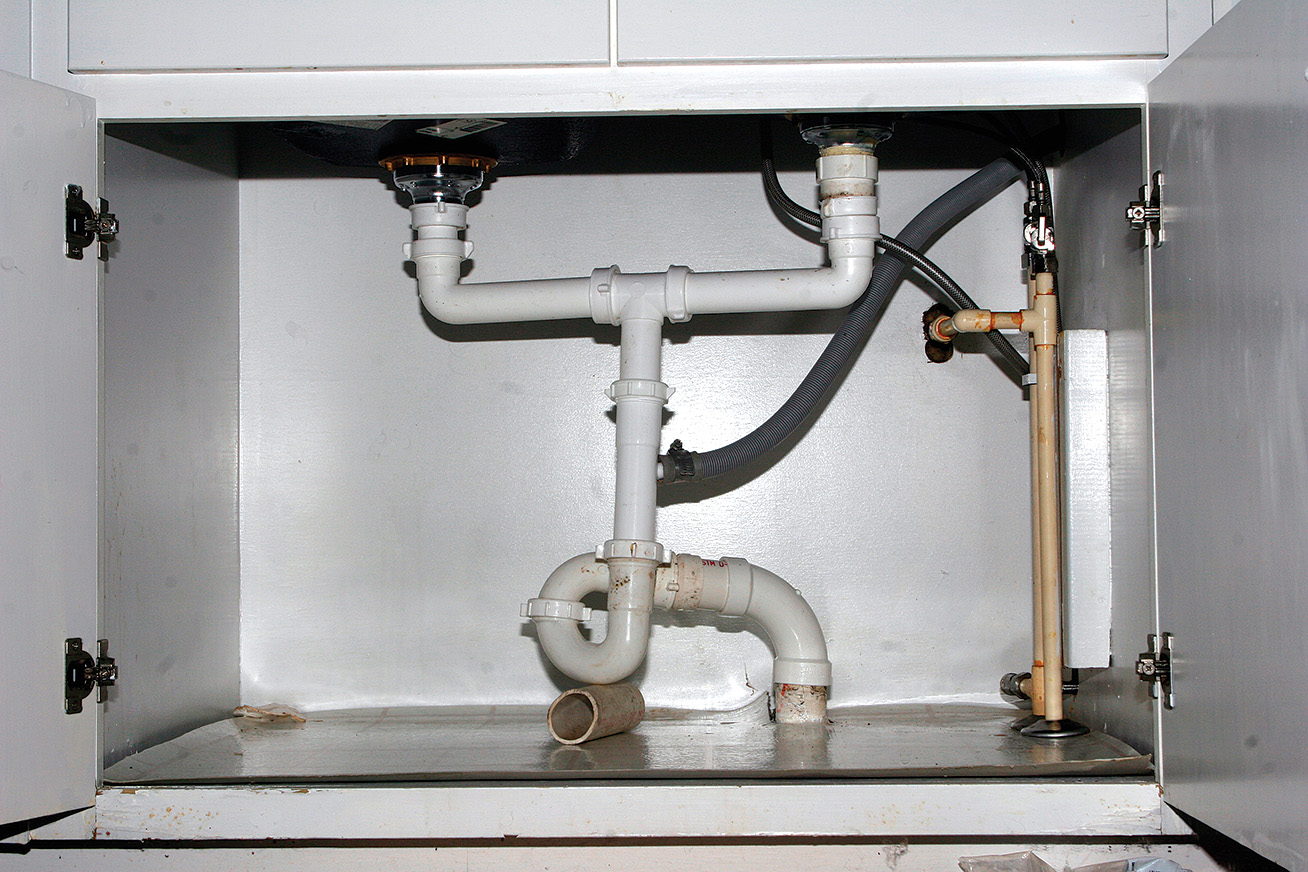
Exploring the World of Under Sink Plumbing
Understanding the Basics
When it comes to home maintenance, one area that often gets overlooked is under sink plumbing. Yet, understanding the basics of this essential component can save you time, money, and headaches down the road. Under sink plumbing refers to the network of pipes and fixtures that deliver water to and remove waste from your sink.
Identifying Common Issues
One of the most frustrating aspects of under sink plumbing is dealing with common issues such as leaks, clogs, and strange odors. Leaks can occur due to loose connections, deteriorating seals, or damaged pipes, while clogs are often caused by a buildup of debris such as hair, grease, and food particles. Strange odors can indicate a variety of problems, from mold and mildew to sewage backups.
DIY Repairs and Maintenance
While some under sink plumbing issues may require the expertise of a professional plumber, many can be addressed with simple DIY repairs and maintenance. Tightening loose connections, clearing clogs with a plunger or plumbing snake, and replacing worn-out seals and gaskets are all tasks that the average homeowner can tackle with a bit of know-how and the right tools.
Investing in Quality Materials
When it comes to under sink plumbing, investing in quality materials is key to ensuring long-lasting performance and minimizing the risk of future issues. Opt for durable pipes and fixtures made from materials such as copper, brass, and stainless steel, and choose high-quality seals and gaskets that can withstand regular use and exposure to water.
Regular Inspections and Maintenance
Regular inspections and maintenance are essential for keeping your under sink plumbing in top condition. Take the time to visually inspect your pipes and fixtures for signs of leaks, corrosion, or damage, and address any issues promptly to prevent further damage. Additionally, consider scheduling periodic maintenance checks with a professional plumber to catch potential problems early on.
Preventing Future Problems
In addition to addressing existing issues, taking steps to prevent future problems is crucial for maintaining the health and functionality of your under sink plumbing. Avoid putting excessive strain on your pipes by disposing of grease, oil, and food scraps properly, and install drain guards to catch hair and debris before they can cause clogs. Additionally, consider using eco-friendly cleaning products to minimize the risk of damage to your pipes and fixtures.
Upgrading Your Plumbing System
If you’re dealing with frequent under sink plumbing issues or have an older plumbing system that’s showing signs of wear and tear, it may be time to consider upgrading to a more modern and efficient system. Today’s plumbing technology offers a range of innovative features, from water-saving fixtures to leak detection sensors, that can help improve the performance and reliability of your plumbing system while reducing water waste and lowering your utility bills.
Seeking Professional Help
While DIY repairs and maintenance can help address many under sink plumbing issues, there are times when it’s best to seek the help of a professional plumber. If you’re dealing with a complex issue such as a major leak, persistent clog, or sewer line backup, or if you’re not comfortable tackling the problem yourself, don’t hesitate to call in the experts. A qualified plumber will have the skills, experience, and specialized equipment needed to diagnose and resolve the issue quickly and effectively.
Conclusion
Under sink plumbing may not be the most glamorous aspect of home maintenance, but it plays a crucial role in keeping your kitchen and bathroom functioning smoothly. By understanding the basics of under sink plumbing, investing in quality materials, and practicing regular maintenance, you can ensure that your plumbing system remains in top condition for years to come. And when in doubt, don’t hesitate to call in a professional plumber for help. Read more about under sink plumbing
